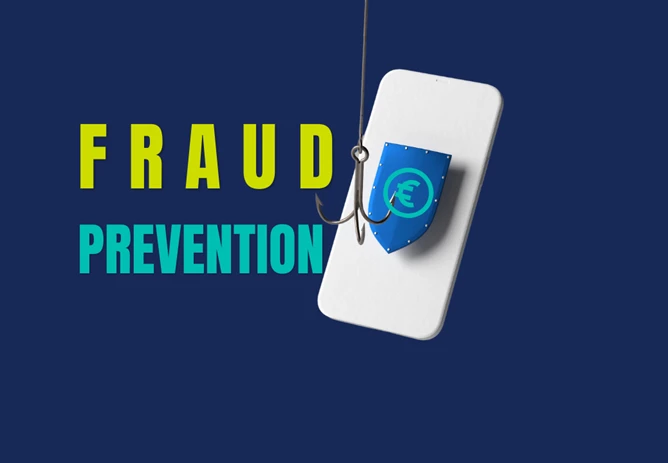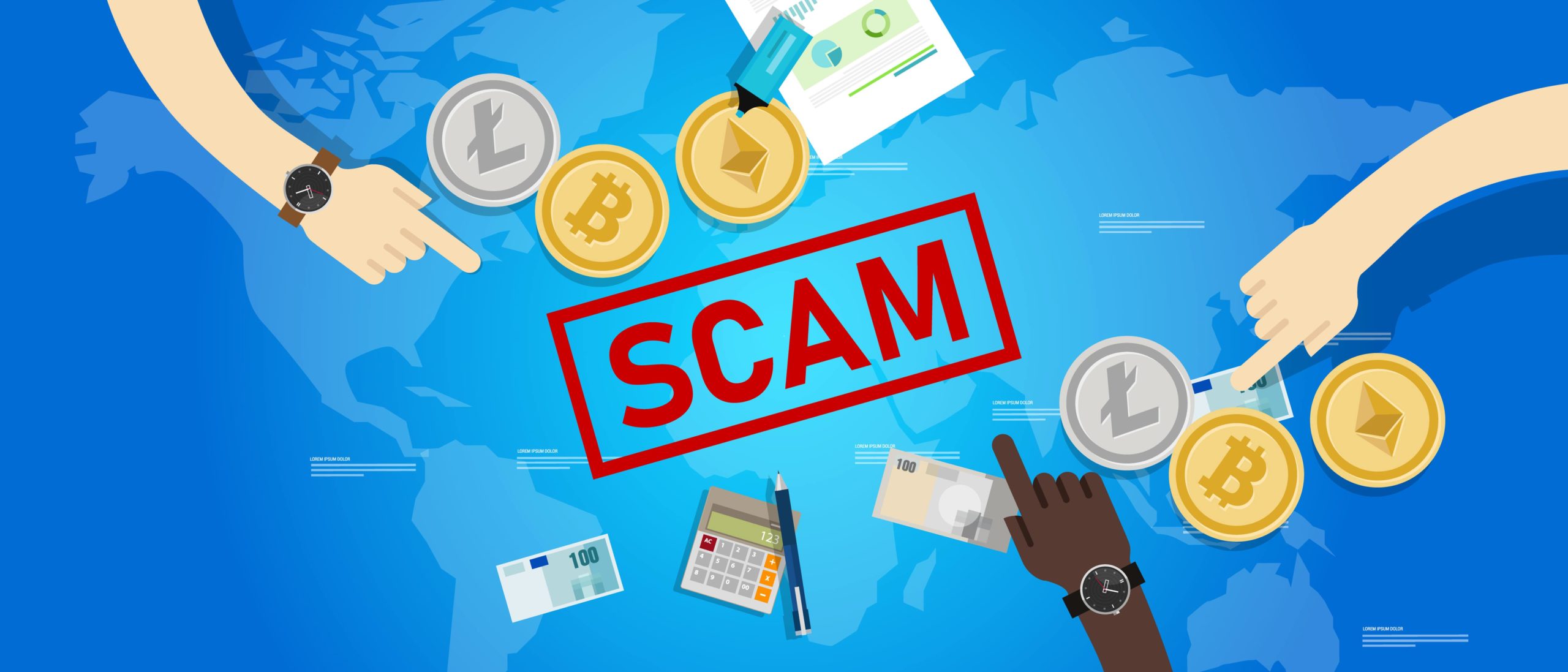Introduction
In today’s digital age, online fraud has become a significant concern for individuals and businesses alike. With the increasing sophistication of cybercriminals, understanding how to prevent online fraud is crucial for safeguarding your personal and financial information. This comprehensive guide will explore the various types of online fraud, provide real-life examples, and offer practical tips on how to protect yourself from becoming a victim.
What is Online Fraud?
Online fraud encompasses a range of illegal activities conducted via the internet to deceive individuals or businesses for financial gain. These activities can include identity theft, phishing scams, credit card fraud, and more. Cybercriminals use various tactics to exploit vulnerabilities, making it essential to stay informed about the latest threats.
Common Types of Online Fraud
- Phishing Scams: Cybercriminals send fraudulent emails or messages that appear to be from legitimate sources to steal personal information such as usernames, passwords, and credit card details.
- Identity Theft: Thieves obtain personal information to impersonate individuals and commit fraud, such as opening bank accounts or making purchases.
- Credit Card Fraud: Unauthorized use of credit card information to make purchases or withdraw funds.
- Online Shopping Scams: Fraudulent websites or sellers trick consumers into paying for goods or services that do not exist.
Real-Life Examples of Online Fraud
Case Study: Phishing Scam
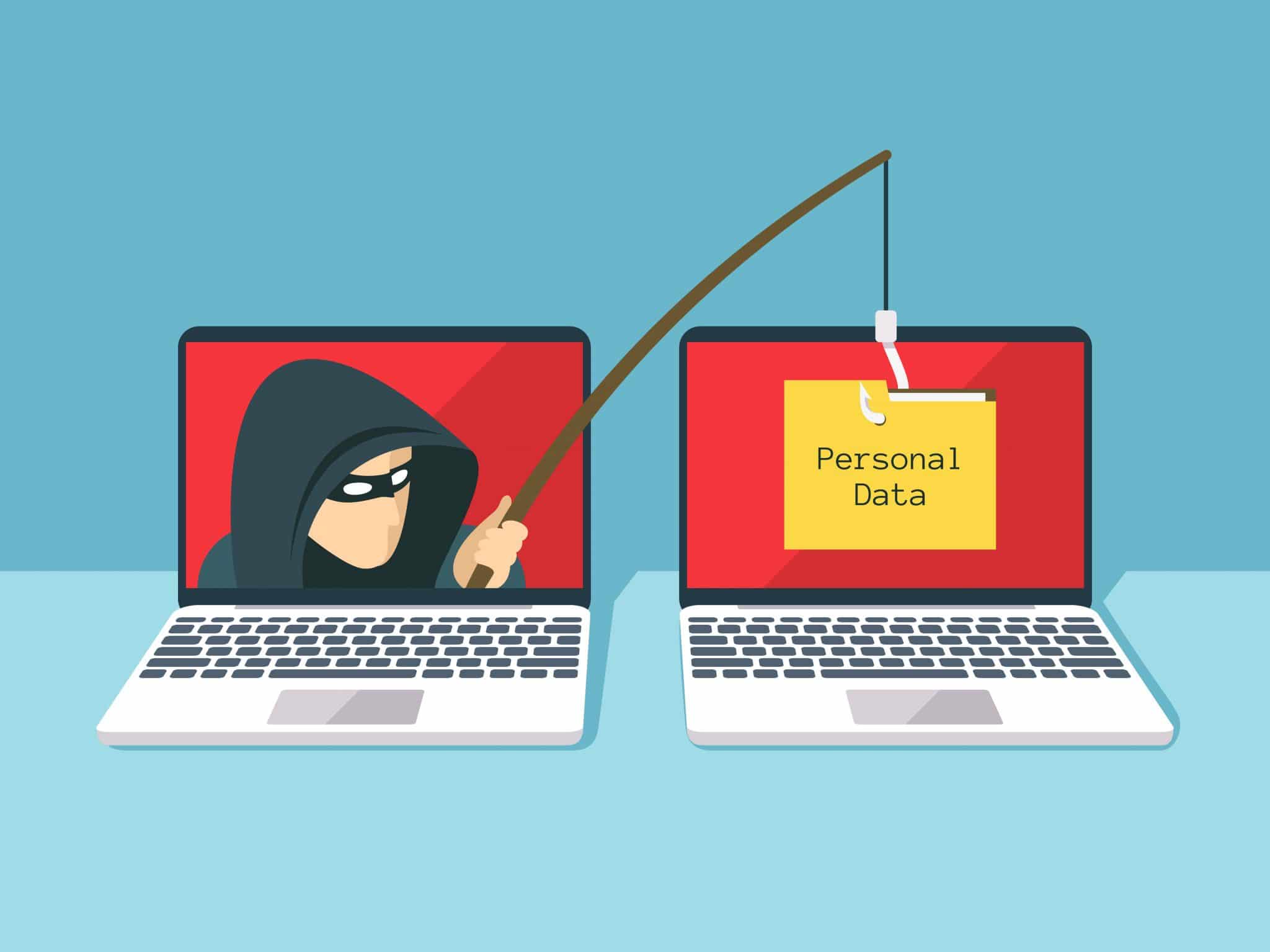
In 2020, a large-scale phishing attack targeted a well-known e-commerce platform, tricking users into providing their login credentials. Cybercriminals then used these credentials to make unauthorized purchases, causing significant financial losses for the victims. This case highlights the importance of recognizing phishing attempts and safeguarding personal information.
Example: Identity Theft
John, a small business owner, fell victim to identity theft when his personal information was stolen through a data breach. The thieves opened multiple credit accounts in his name, resulting in significant financial and reputational damage. John’s experience underscores the need for robust security measures and monitoring of personal information.
How to Prevent Online Fraud
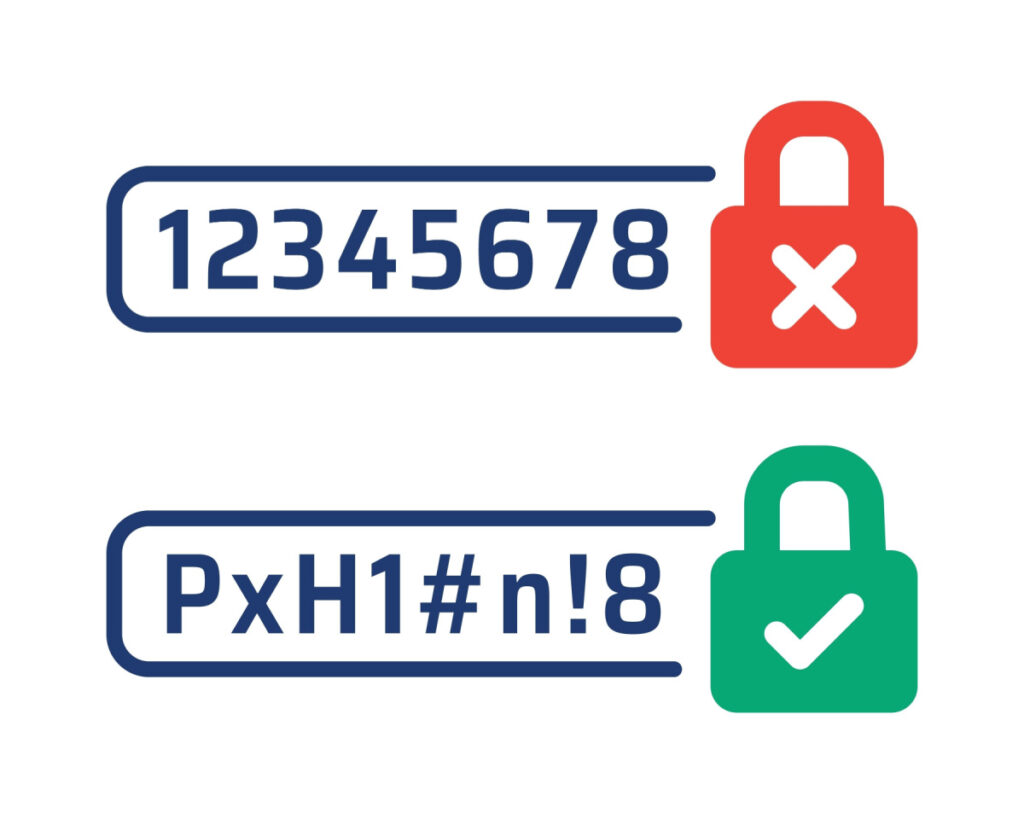
Strengthen Your Passwords
Using strong, unique passwords for each of your online accounts is one of the most effective ways to prevent online fraud. Consider using a password manager to generate and store complex passwords securely.
- Tips for Creating Strong Passwords:
- Use a combination of letters, numbers, and special characters.
- Avoid using easily guessable information, such as birthdays or common words.
- Change your passwords regularly.
Enable Two-Factor Authentication
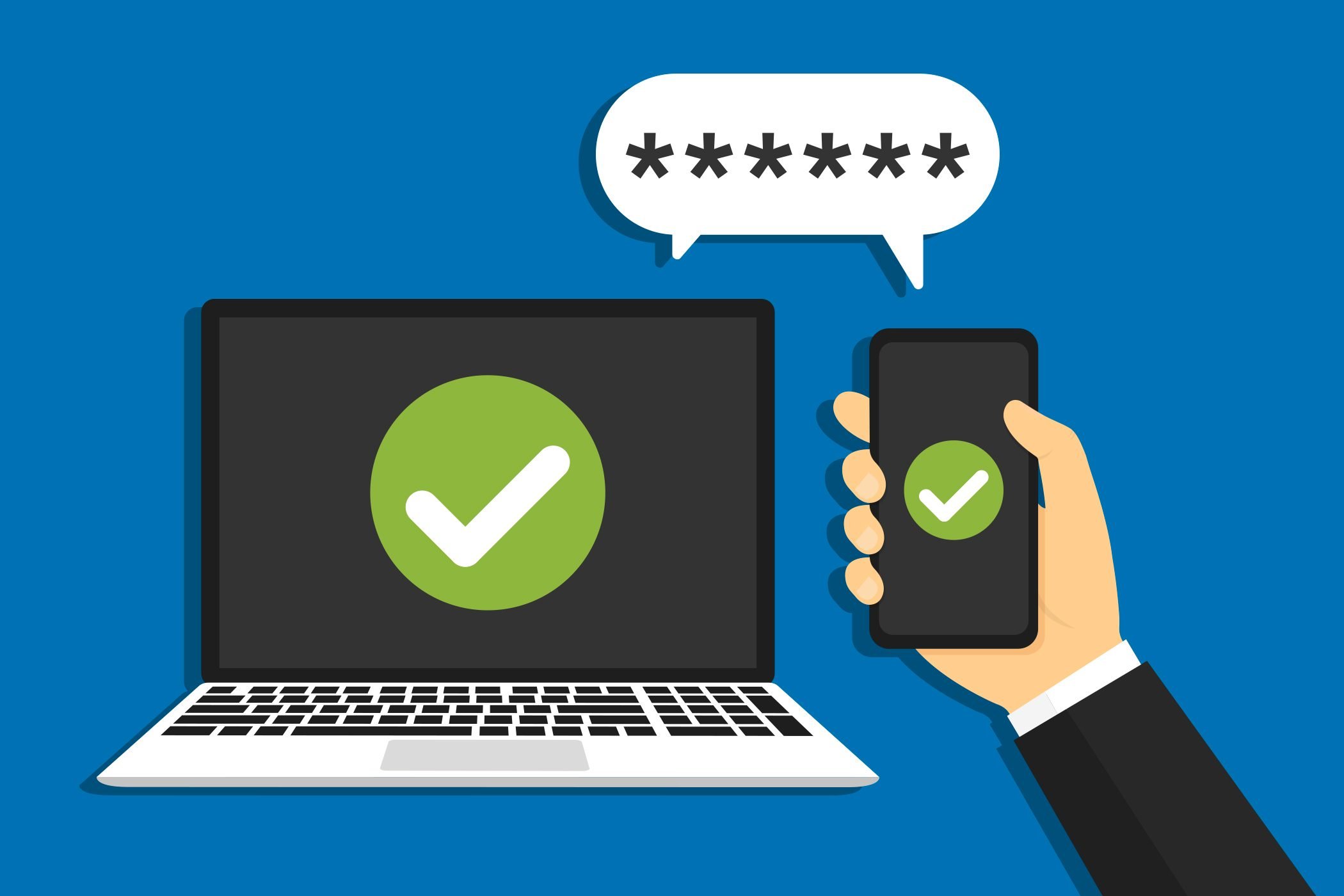
Two-factor authentication (2FA) adds an extra layer of security to your online accounts by requiring a second form of verification, such as a code sent to your phone. This makes it more difficult for cybercriminals to gain access to your accounts, even if they have your password.
Be Cautious with Emails and Links
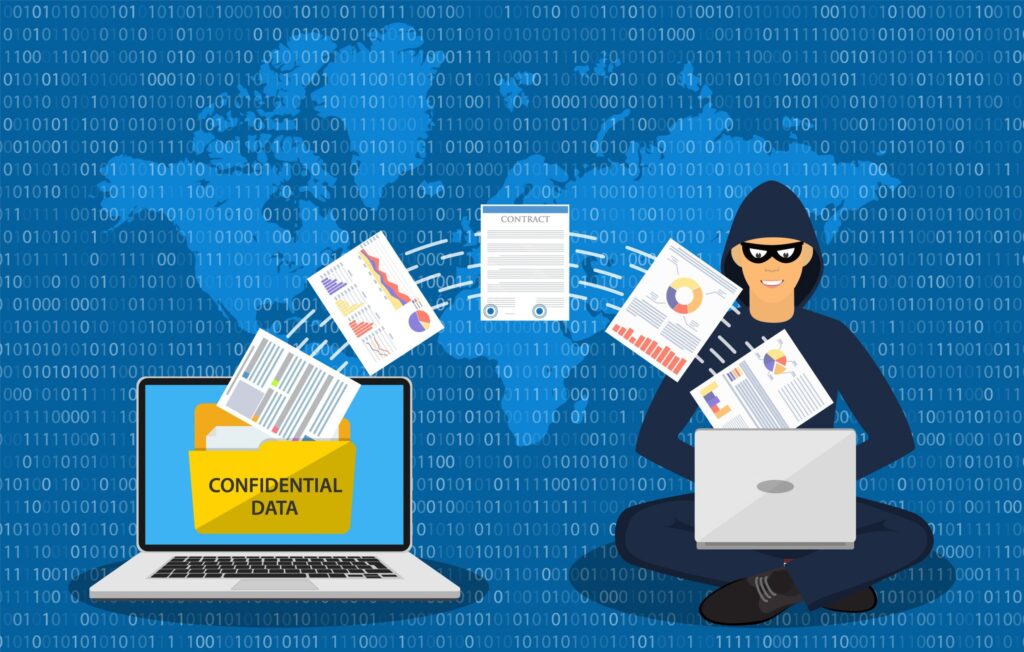
Phishing scams often rely on emails that appear to be from legitimate sources. Always verify the sender’s email address and avoid clicking on suspicious links or downloading attachments from unknown sources.
- Recognizing Phishing Emails:
- Look for generic greetings, such as “Dear User” instead of your name.
- Check for spelling and grammatical errors.
- Be wary of urgent requests for personal information or payments.
Monitor Your Accounts Regularly
Regularly checking your bank statements, credit reports, and online accounts can help you detect any unauthorized activity early. Report any suspicious transactions to your bank or credit card company immediately.
FAQs About Online Fraud and How to Prevent It
1. How do you protect yourself from Internet fraud?
To protect yourself from Internet fraud, follow these key steps:
- Use Strong Passwords: Create unique, complex passwords for each of your accounts. Consider using a password manager to securely store them.
- Enable Two-Factor Authentication: Add an extra layer of security by enabling two-factor authentication on your accounts.
- Be Cautious with Emails: Avoid clicking on links or downloading attachments from unknown or suspicious emails. Verify the sender’s email address and look out for signs of phishing.
- Monitor Your Accounts: Regularly check your bank and credit card statements for any unauthorized transactions.
- Use Secure Connections: Ensure that websites use HTTPS for a secure connection, especially when entering personal or financial information.
2. How to deal with fraud online?
If you encounter fraud online, take the following steps immediately:
- Report the Fraud: Contact your bank or credit card company to report unauthorized transactions and request a fraud investigation.
- Change Passwords: Update passwords for any affected accounts and enable two-factor authentication if available.
- File a Report: Report the fraud to the relevant authorities, such as the Federal Trade Commission (FTC) or your local consumer protection agency.
- Monitor for Further Activity: Keep a close watch on your accounts and credit reports for any additional signs of fraudulent activity.
- Seek Professional Help: If needed, contact a professional for assistance with identity theft recovery and additional security measures.
3. What are the solutions to Internet fraud?
Solutions to Internet fraud involve a combination of preventive measures and responsive actions:
- Education and Awareness: Stay informed about common fraud tactics and how to recognize them.
- Use of Security Tools: Utilize antivirus software, firewalls, and secure browsers to protect your devices from malware and unauthorized access.
- Regular Monitoring: Consistently review your financial statements, credit reports, and online accounts for any unusual activity.
- Secure Transactions: Only enter personal or financial information on secure websites with HTTPS encryption.
- Reporting Mechanisms: Report suspicious activity to relevant authorities and service providers to help track and stop fraudsters.
4. How can you prevent fraud when selling online?
To prevent fraud when selling online, implement these best practices:
- Verify Buyer Information: Before completing a transaction, verify the buyer’s information, including their address and payment details.
- Use Secure Payment Methods: Utilize secure payment gateways that offer fraud protection and avoid direct payments or wire transfers.
- Monitor Transactions: Keep an eye on unusual or suspicious buying patterns, such as bulk purchases or shipping to high-risk locations.
- Protect Your Website: Ensure your website has up-to-date security measures, including SSL certificates and regular security audits.
- Clear Return and Refund Policies: Have transparent return and refund policies to reduce disputes and chargebacks.
5. How can we prevent identity fraud online?
Preventing identity fraud online involves proactive measures to safeguard your personal information:
- Limit Personal Information Sharing: Be cautious about sharing personal details online, especially on social media and unsecured websites.
- Secure Your Devices: Keep your devices secure with up-to-date antivirus software, firewalls, and regular system updates.
- Use Strong Passwords and 2FA: Protect your accounts with strong, unique passwords and enable two-factor authentication for an added layer of security.
- Monitor Your Credit: Regularly check your credit reports for any unauthorized activity or new accounts opened in your name.
- Be Aware of Phishing Scams: Stay vigilant against phishing attempts by verifying the legitimacy of emails, messages, and websites before providing any personal information.
Conclusion
Online fraud poses a significant threat in today’s digital landscape, but by understanding the risks and taking proactive measures, you can protect yourself and your personal information. From using strong passwords and enabling two-factor authentication to being cautious with emails and monitoring your accounts, these strategies will help you stay safe online. At Fund Recovery Plus, we are committed to providing the resources and support you need to navigate the digital world securely.

